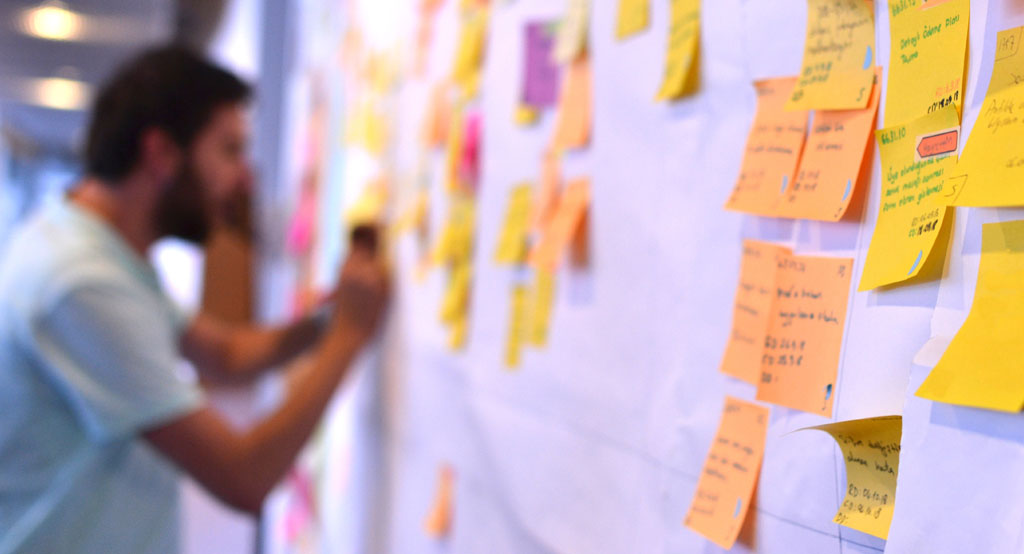Invest In A Passion For Innovation
I recall working for an ad agency. While most of the team were free to run wild with cool effects or crazy ideas, our Creative Director had to steer the ship towards realism. Shaping ideas that would sell the product to the public. Without this pragmatism, client contracts would soon be lost. Our agency wasn’t being paid to make risky design decisions.
From the perspective of an organisations management team, you have to relinquish a degree of attachment to personal goals. Because you will lose focus on your audience. The priority for business owners is to understand what people want. In the context of computer technology, there are also more barriers and unknowns regarding people’s experience of digital.
Brand Loyalty Depends On Usability
What people feel when they interact with a website, either by laptop or phone is very different to how they might feel about your values and beliefs. Brand loyalty and interactions with a UI are different things. If they struggle to find the correct information, this slight annoyance will register, enough to go elsewhere.
It’s not that people will have negative things to say about your brand, they just haven’t found what they need. People will experience more stress, when a process goes wrong, particularly when making a purchase. Most things we buy online are non-essential, so when there’s even a minor a technical glitch during checkout, we’ll try a different store next time. And this is hard to measure without evidence.
So you monitor your analytics for high bounce rates, which is the first sign that there’s either a usability issue or your primary content is hard to locate. Or not even readable. With analytics you can easily track buttons. Especially useful for troubleshooting clunky checkout processes or webforms.
Usability Should Inform Brand Guidelines
Strict branding policies can also blind you from design problems. If you are a large organisation, then you must revise and update your brand guidelines regularly. Is there enough contrast between text and brand colours? Are the fonts legible? This can be solved by darkening colours or choosing alternative type weights. Include guidelines for both developers and editors.
When a design prototype is proved successful in user testing, the positive feedback should be noted in your brand bible. Accessibility compliance should also inform how you construct a set of design rules. Minimum WCAG compliance is Level A. Though this doesn’t cover content guidelines. Text must also be easy to understand. So it’s wise to make Level AA your target.
WebAIM provides WAVE, a free, quick checker tool for accessibility
Parts of a website that should remain consistent are menus, logo and footer. This is how we anchor ourselves when landing on different websites. Also consider the reality that we rarely land on the home page. We find websites through search and social media, which nearly always takes us directly to an inner section. Every page is effectively a home page and needs a primary focus, whether it’s a readable heading, engaging visual or action link.
People Want To Contribute And Take Action
I am not even sure people read lengthy articles anymore. Usually when we are seeking information we are looking to scan a page for quick facts. If you are running a charity or business, then for the most part, there are definite actions you want people to take. Again, it’s common for stakeholders to want to hammer home a message. But if a user is not presented with clear, enticing actions, then an opportunity to get them onboard will be lost.
Projecting passion and belief in your organisation through design is actually easy. Images, graphics or video play a big role in sparking emotions and conveying your belief system. Rely less on lengthy passages of text and more on soundbites and clear actions. The most successful websites allow people to contribute or feel valued when they learn something new.
We can’t be too careless or abstract with website design. Because the device itself comes pre-loaded with extra work. A mouse, a touch screen, notifications, screen readers. Obstacles are countless before the brain can even settle down and begin engaging with an app or website.

